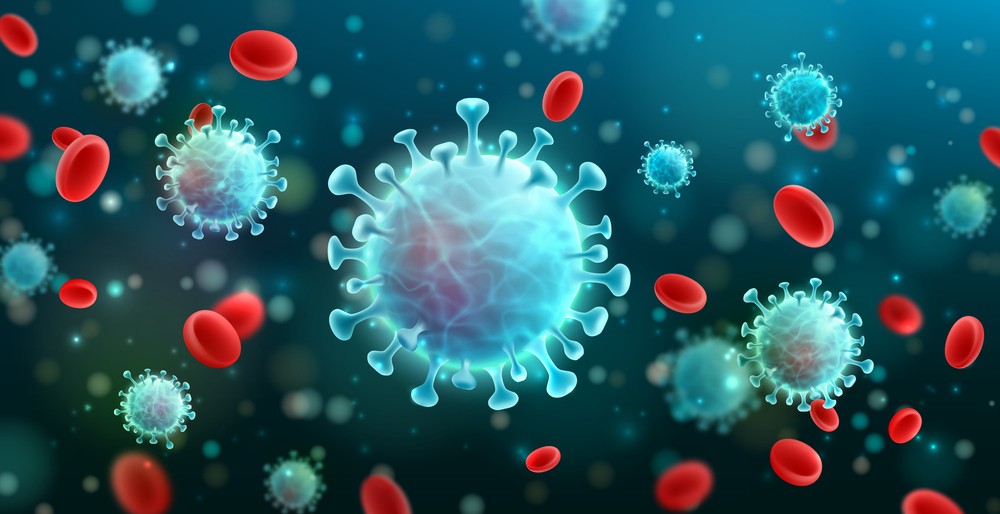
A virus is a obligate intracellular parasite, meaning that they require a host cell to reproduce. They are much smaller and less complex than cells when viewed under a microscope. They consist of either DNA or RNA enclosed in a protein coat called a capsid. Virons do not grow and have no nucleus, cytoplasm, or membranes. Viruses do not carry out cellular functions nor do they generate metabolic energy
Viruses can be harmful in numerous ways by playing a roll in causing some Cancers, and that it is temperate (Does not immediately cause disease). Viruses are also know to be virulent as well (Disease causing).
The characteristics used to clarify viruses is the type of nucleic acid. Viruses have either single-strand RNA or double-strand DNA, but never both. Viruses are found to have several general physically structures shapes. There are two basic shapes, polyhedral / icosahedron which has 20 triangular faces, and Helical/ helix which resembles a coiled spring.
Here’s what you need to know…
